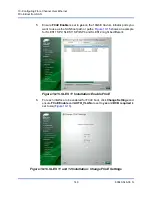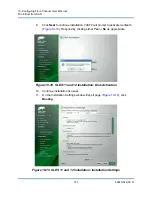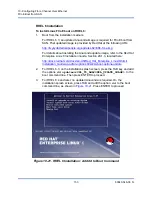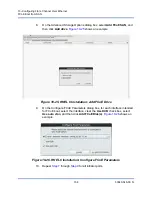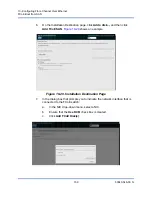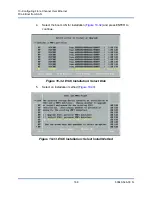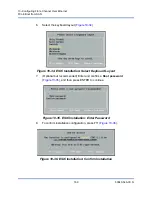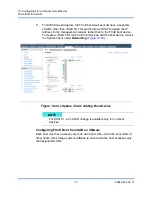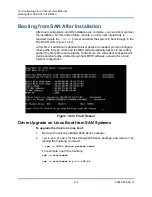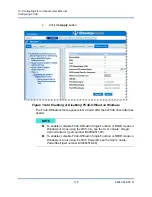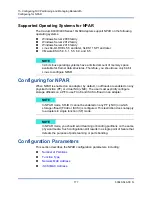
10–Configuring Fibre Channel Over Ethernet
FCoE Boot from SAN
162
83840-546-00 N
3.
Change the line
sleep 3
to
sleep 15
so that part of the script looks like
this:
elif [ "$netdriver" = "bnx2x" ]; then
# If driver is bnx2x, do not use
/sys/module/fcoe/parameters/create but fipvlan
modprobe 8021q
udevadm settle --timeout=30
# Sleep for 3 s to allow dcb negotiation
sleep 15
fipvlan "$netif" -c -s
4.
Save the changes to the script.
5.
Issue the following command to copy the new FCoE boot scripts into the
initramfs
so that the longer sleep time will take effect on the next boot.
dracut -f
Booting from SAN with Virtualization and RHEL 7.
x
With libvirt virtualization packages installed, the OS can reload the network
interface through which the boot device is exposed, which will disconnect the boot
device.
To boot the OS without interruption:
1.
During the first OS boot, add the following string to the kernel cmdline in the
grub menu:
bnx2x.disable_tpa=1
2.
After the OS is running, create the
/etc/sysctl.d/90-forwarding
file
by issuing the following command:
echo 'net.ipv4.ip_forward = 1' > /etc/sysctl.d/90-forwarding.conf
3.
Rebuilt the initramfs by issuing the following command:
dracut –f
Adding Interfaces in RHEL 7.4
The Red Hat installer, Anaconda, activates two interfaces during installation. If
you need more than two interfaces, create additional configuration files in
/etc/fcoe
to enable the FCoE service at boot time.


